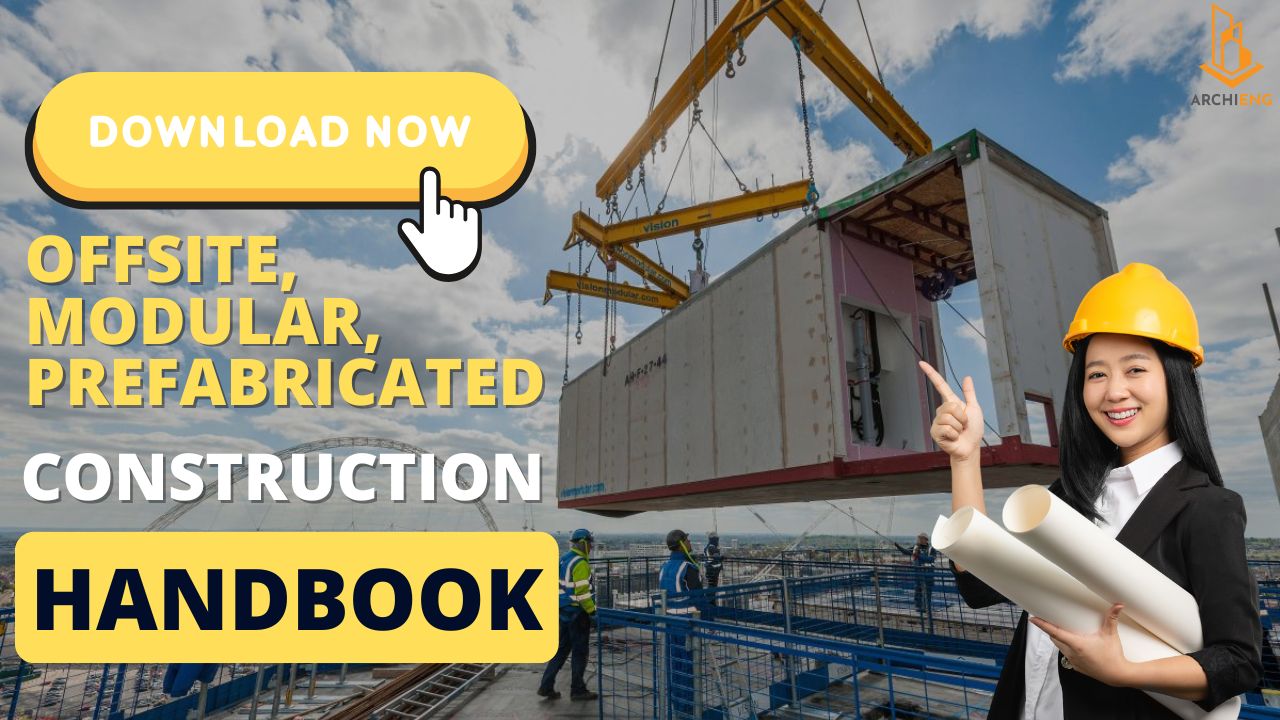All buildings in Australia requires seismic design?!

All buildings in Australia requires seismic design?!
Short answer is yes. All buildings and their parts need an assessment of their seismic requirements, in accordance with the National Construction Code (NCC). However, it is their ‘Level of Importance (LOI)’ or Importance Level which determines the extent of the seismic design requirements.
The NCC defines the Importance Level for the different building types, ranging from 1 through to 4. The Importance Level is typically established through occupancy levels and function of the building within the community or broader. The following Table provides a brief description of the building types applicable to each Importance Level.

Earthquake Impacts
During an earthquake, the performance of non-structural building elements may significantly impact the level of risk posed to building occupants, both directly and indirectly.
In addition to potentially causing injury through collapse, poorly or unrestrained non-structural elements can rupture pipework (which may lead to failure of a fire sprinkler system), short electrical equipment (which may start a fire) and block exit paths.
The collapse of non-structural elements may also compromise the structural elements of a building, rendering the building un-occupiable and resulting in significant repair costs and lost productivity.
Earthquake Provisions for Class 1 buildings
For Class 1 buildings, provisions for seismic design are contained in Appendix A of AS 1170.4. Generally, Class 1 buildings designed and detailed for lateral wind forces in accordance with the relevant material standard (e.g. AS 1684 or AS 3700) are considered able to also resist earthquake forces. However, unreinforced masonry elements in particular, including gable ends, chimneys and parapets, must be designed to resist an additional horizontal racking force, as specified in Appendix A.
Earthquake Provisions for Class 2-9 Buildings
NCC Volume One contains a Performance Requirement (BP1.1) that requires Class 2 to 9 buildings to perform adequately under all reasonably expected design actions, including earthquake actions. The corresponding Deemed-to-Satisfy (DTS) Provision for earthquake actions is B1.2, which references AS 1170.4 Structural design actions – Earthquake actions in Australia.
Section 3 of AS 1170.4 applies a hazard design factor to all regions of Australia. This requires earthquake loads to be considered in the design of any building irrespective of where it is located.
Compliance with AS 1170.4
For Class 2-9 buildings, Section 8 of AS 1170.4 provides information about certain non-structural building parts and components that would need to be designed to resist horizontal and vertical earthquake forces.
These parts and components include:
- Walls that are not part of the seismic force resisting system.
- Appendages including parapets, gables, verandahs, chimneys and the like.
- Partitions.
- Ceilings.
- Mechanical and electrical components including smoke control systems, fire suppression systems, boilers, escalators, transformers and the like.
Therefore, in order to comply with AS 1170.4, the design of the above parts and components must be carried out for earthquake actions by one of the methods provided in Section 8 (i.e. using established principles of structural dynamics, or using the general or simplified methods expressed in Clauses 8.2 or 8.3 of Section 8).
What are the Main Factors affecting Seismic Loads?
In order for a seismic assessment to be completed it is essential that certain projects specific information be provided, and early in the design phase. For the seismic design, the following information is required;
- Building Importance Level – this information is usually found on the Structures Note (S01 Drawing).
- Site sub-soil class – This is the details of the foundations for the building, as this will affect the building response to the earthquake. From strong rock to very soft soil; Class Ae, Be, Ce, De, or Ee.
- Building location – this will establish the applicable seismic hazard factor.
- Architectural drawings – this is used to develop a scope of works, and also to provide the intimate project specific details for the walls and ceiling systems to facilitate the seismic design.
- Other loads - Include details of any FF&E attached to the walls or ceilings, as the seismic actions are very much controlled by mass.
When does Seismic Load Govern the Design?
There is no simple answer to this question and the seismic requirements need to be assessed in all cases against the other loading scenario’s (such as wind loading) to determine which action results in the higher loading to the wall or ceiling system. Eg; if the wind loading on a partition is greater than the seismic loading, it is the wind loading that governs the design or conversely, designing the partition for the resulting wind actions will automatically ensure the system complies with the seismic requirements.
The below image shows the different design loads applied to an internal wall or ceiling due to a wind load versus a seismic load.
To determine the governing factor, all information required for the projects’ seismic and wind loads, and then confirms that the wall or ceiling is adequate for both.



.png)
.png)




.jpg)


.png)

.png)







.png)

.png)



.png)
.png)





.png)



.png)


.png)
.png)

.png)
.png)
.png)
.png)

.png)




.png)






.png)

.png)
.png)
.png)
.png)
.png)
.png)
.png)
.png)
.png)
.png)
.png)











